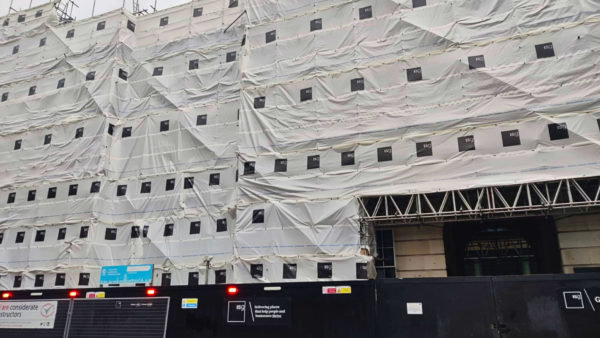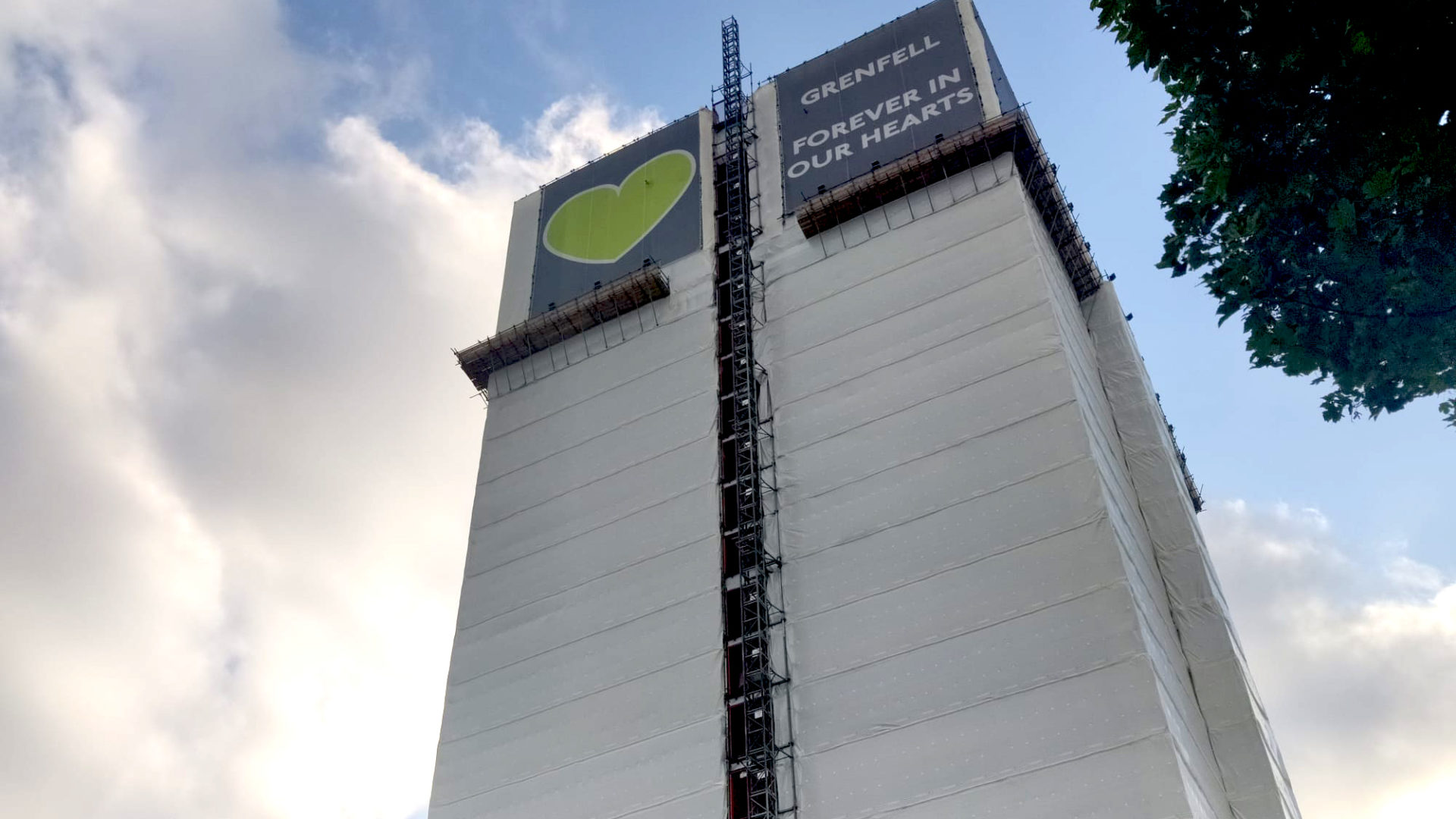
The government has just brought into force three sections of the Leasehold and Freehold Reform Act that amend the Building Safety Act and have implications for construction. Douglas Rhodes and Cecilia Busby explain these changes.
This month, three new amendments were quietly added to the Building Safety Act 2022 (BSA).
Designed to fill holes and increase the legislative protections available to leaseholders in respect of remediation orders and remediation contribution orders, they may also have created a few new arguments. Construction professionals will need to be aware of the changes, which have come in without much fanfare.
The Leasehold and Freehold Reform Act 2024 included several amendments to the BSA, some of which came into force immediately, and others that were left to the new government to bring into force.
On 31 October 2024, the government did just that for sections 114-116, all of which are concerned with extending the scope of remediation orders and remediation contribution orders.
Remediation orders and remediation contribution orders can be made by the First Tier Tribunal (FTT) and are designed to ensure works to unsafe cladding and other fire safety defects take place as rapidly as possible and are paid for primarily by developers, rather than leaseholders or the taxpayer.
What do the new amendments add?
- Relevant Steps – section 114
Section 114 introduces a new defined term of “relevant steps” to both section 120 of the BSA and to the definition of “relevant measures” in Schedule 8 to increase landlords’ and developers’ responsibilities respectively.
Relevant steps are steps taken with the purpose of:
- preventing or reducing the likelihood of a fire or collapse of the building (or any part of it) occurring as a result of the relevant defect;
- reducing the severity of any such incident; or
- preventing or reducing harm to people in or about the building that could result from such an incident.
The intention is to make it clearer that relevant measures include interim and temporary measures such as a waking watch or temporary fire alarms. While the recent FTT case of Triathlon Homes v Stratford Village Partnership held that these were covered, that case is under appeal and section 114 has now put that aspect of the case beyond doubt.
The amendment may also make it easier to extend remediation contribution orders to cover other related measures such as improving automatic opening ventilation systems which would “reduce the severity of any such incident" or "prevent or reduce harm to people … that could result”, even if this is not in itself needed to rectify a relevant defect.
- Remediation Orders – section 115
Section 115 provides the FTT with enhanced powers to order a landlord or management company to take relevant steps – as well as to provide or produce an expert report or survey relating either to relevant defects or the need for relevant steps.
- Remediation Contribution Orders – section 116
Section 116 extends the scope of a remediation contribution order to cover the cost of taking relevant steps – and then adds two new categories of costs.
First, the FTT will be able to include the cost of obtaining an expert report in relation to the building. Second, the cost of temporary accommodation where residents have to be moved out for their own safety, or because of the disruption of the ongoing works.
What does this mean for construction professionals?
The amendments are intended to extend the scope of remediation orders and remediation contribution orders and to encourage greater take-up by leaseholders.
Given the relative complexity of the remedies and the cost-neutral nature of the FTT, meaning that leaseholders usually will not be able to recover their legal costs of pursuing such applications, it remains to be seen whether these latest changes will achieve their intended purpose.
That said, the extended scope of the remedies will help leaseholders and others pursuing remediation orders and remediation contribution orders to claim the costs of experts’ reports, or to require a landlord to commission such a report. This will make it more likely that surveyors, structural and fire safety engineers will be involved in claims at an early stage.
Like all elements of the BSA, however, the drafting of the definition of “relevant steps” leaves a few cracks in the edifice and may lead to further disputes in the FTT and beyond about what exactly might be included in “preventing or reducing harm to people in or about the building”.
Additionally, given the current shortage of relevant experts, it could increase the frustration of those seeking to find an available and suitably qualified fire safety engineer.
Douglas Rhodes is a partner and Cecilia Busby an associate at Trowers & Hamlins.











